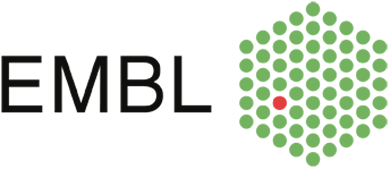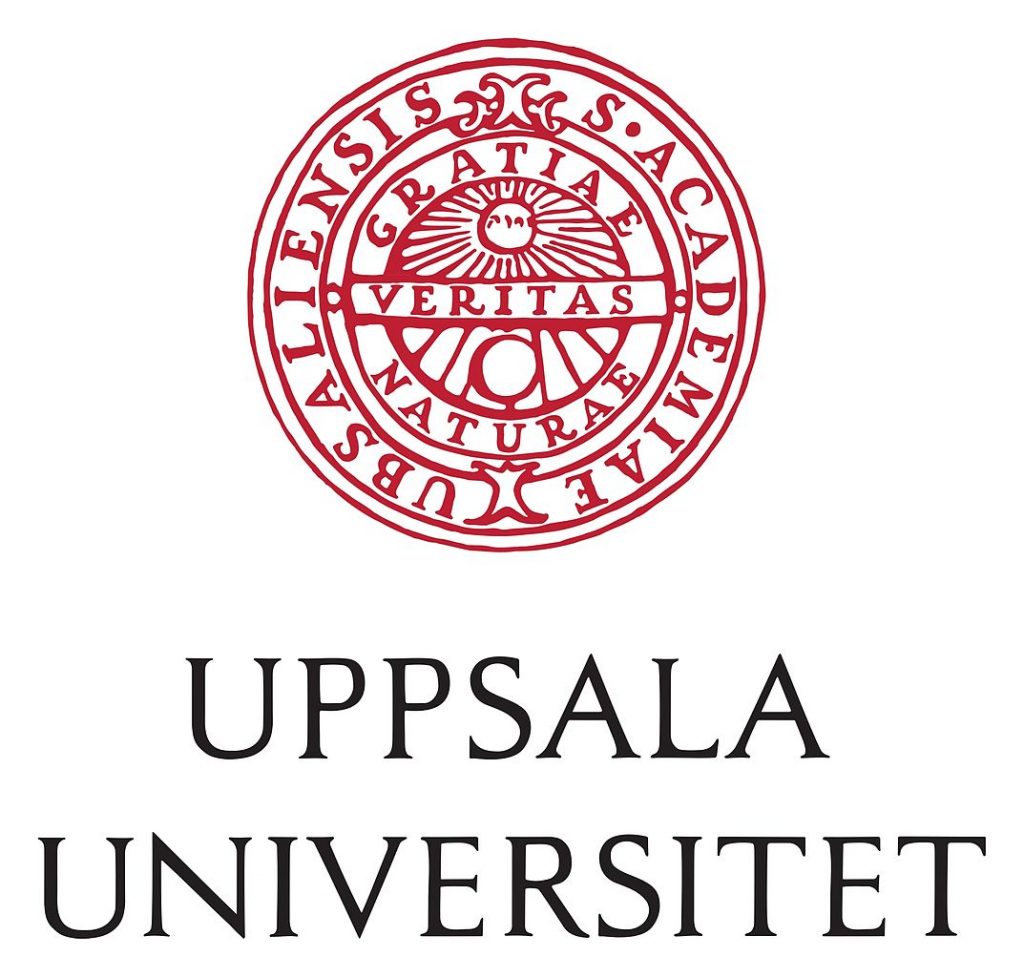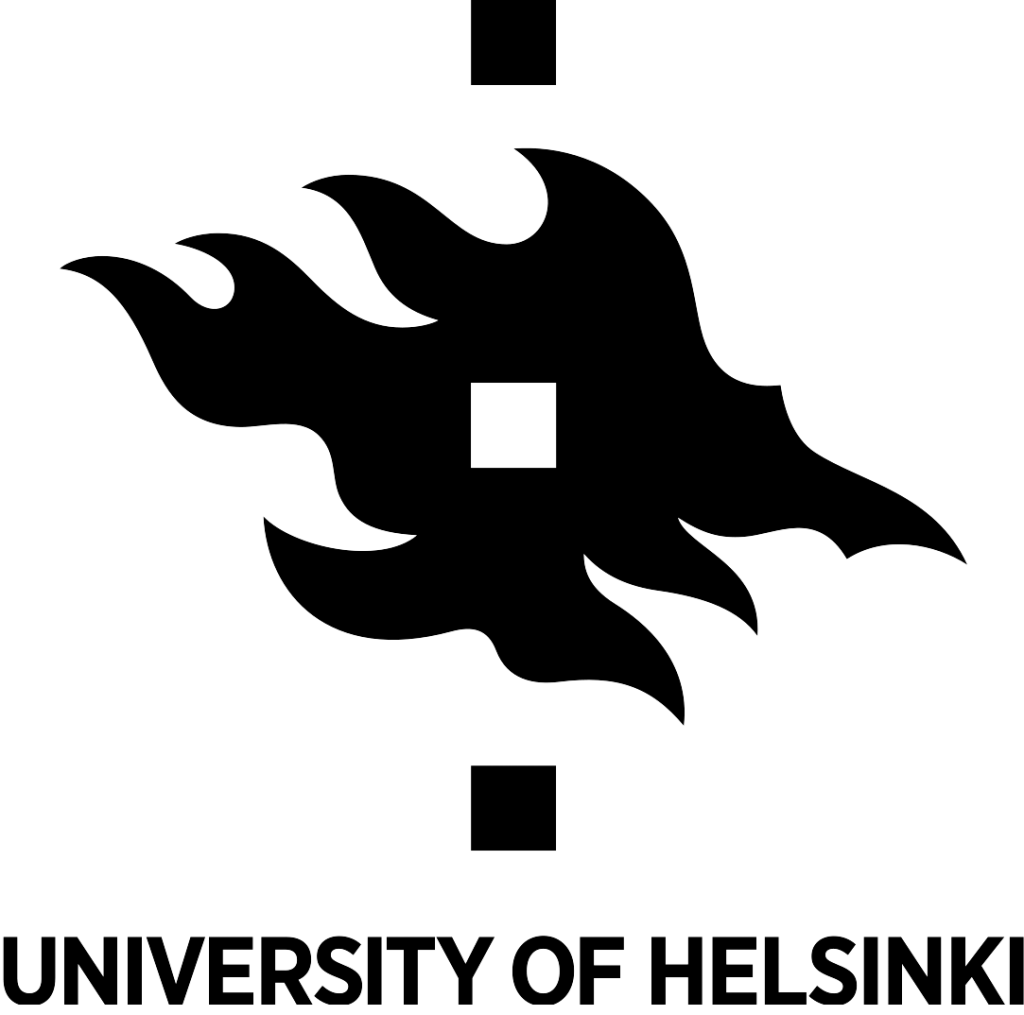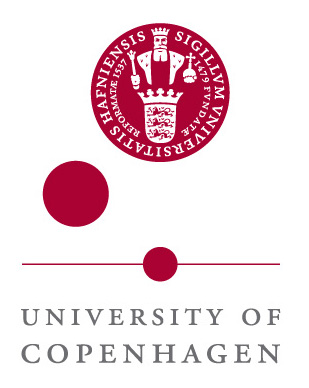Versatile Emerging infectious disease Observatory (VEO)

Project founded by:


Coordinator: Marion Koopmans, Erasmus Universitair Medisch Centrum (EMC) Rotterdam, Països Baixos
Supported by: European Commission’s Horizon2020
Duration: 2020-2025
VEO partners: Erasmus University Medical Centre (EMC), Technical University of Denmark (DTU), Friedrich-Loeffler-Institute (FLI), European Molecular Biology Laboratory (EMBL), Animal and Plant Health Agency (DEFRA), Eötvös Loránd University (ELTE), Rijks Instituut voor Volksgezondheid en Milieu (RIVM), L’Institut Français de Récherche pour l’Exploitation de la Mer (IFREMER), Aristotle University Thessaloniki (AUTH), Academic Medical Center (AMC), Institut Pasteur (IP), Centre d’Estudis Avançats de Blanes (CEAB-CSIC), École Polytechnique Fédérale de Lausanne (EPFL), Centre for Big data Statistics (CBS), University of Edinburgh (UEDIN), University of Bologna (UNIBO), University of Padova (UNIPD), Uppsala University (UU), University of Helsinki (UH), University of Copenhagen (UCPH)
Project website: https://www.veo-europe.eu
Explanation of the project
Objetives:
The project consists of creating a Versatile Emerging Infectious Diseases Observatory (VEO) that allows to gather high quality information from which to develop early warning tools. The observatory will monitor emerging infectious diseases, as well as the appearance of bacterial resistance, in order to carry out a risk assessment.
The global changes of the last half century have produced an increase in emerging infectious diseases and a greater residence of bacteria in treatments, all altering the dynamics of these diseases and challenging current healthcare infrastructures. Rapid identification is essential to reduce the health impact and costs of these outbreaks.
To anticipate a serious public health problem caused by these emerging infectious diseases, the VEO team is made up of data scientists, technology experts, infectious disease specialists, sociologists, and citizen science experts. The goal is to take advantage of the digital revolution and combine it with the use of new technologies and innovative analysis for early detection of risks.
Most emerging infectious diseases have an animal origin, so to be able to foresee threats, it is necessary to revolutionize the ways of detecting them, both in humans and animals, wildlife, domestic animals and commensal animals that inhabit ours. cities (rats, mosquitoes, etc.).
VEO has the vision of being able to revolutionize the detection and prediction of threats to human and animal health derived from global changes. This revolution involves creating interdisciplinary teams, infrastructures and versatile technologies, working with open data and code, combining very diverse data (Big Data) and with data mining techniques to analyze a large volume of information to deduce patterns and be able to predict risks. So, the project has seven specific defined objectives.
Objectives 1 and 2 are to develop a data platform that enables very diverse data integration, exchange between experts, and data mining. Tools to support interdisciplinary collaboration and international teams that make up the VEO system. Objective 3 is to generate, update and validate inventories of genetic signatures associated with relevant pathogens, identify the relationship between genetic variations and the pathogenesis of a virus or bacterium in order to assess risk from genetic monitoring. Objective 4, integrate serological data from new antibody profiling technologies in the VEO database. Objective 5 will evaluate the VEO system in five specific scenarios to ensure that it meets the needs of users and assess the functionality of the techniques and tools developed. Goal 6 is to develop a commitment to general needs rather than exploring the data, the challenges that come up, and finding solutions. Finally, objective 7 is to develop a guide to the ethical, legal and social implications of collecting and integrating large amounts of epidemiological data, as well as the ethical and legal implications of health research aided by citizen science.
VEO aims to revolutionize the detection and prediction of threats to human and animal health arising from global changes
One of the specific scenarios of objective 5 is that of mosquitoes that transmit diseases, which is led by CEAB-CSIC with the Mosquito Alert project. Citizen science developed by Mosquito Alert will be used to provide real-time information on mosquito abundance and human-mosquito interactions on the VEO platform. This information combined genetic data looking for pathogens in mosquito populations, human cases detected with diseases and other data base will serve to alert about the risks of outbreaks, as well as to guide sampling and control measures.
The study will address the spread of invasive mosquitoes of the Aedes genus (Aedes albopictus, Aedes japonicus, Aedes koreicus, Aedes aegypti) that can transmit diseases such as dengue, Zika, chikingunya or yellow fever. The Mosquito Alert app will also be modified to include the common mosquito (Culex pipiens) to track and study zoonotic viruses that affect animals and can jump on humans, such as West Nile fever or the Usutu virus, which are increasingly common in Europe.
The questions to be addressed in this scenario are:
- Are the data obtained by citizen science accurate enough to report on key epidemiological variables, such as mosquito abundance or human-mosquito interaction?
- Is it possible to do a targeted sampling with citizen science that goes beyond traditional surveillance systems?
- Is it possible to combine the observations of citizen science with data on the presence of the virus detected in humans or wildlife?
- Does combining citizen science data with other sources help improve risk predictions?
























